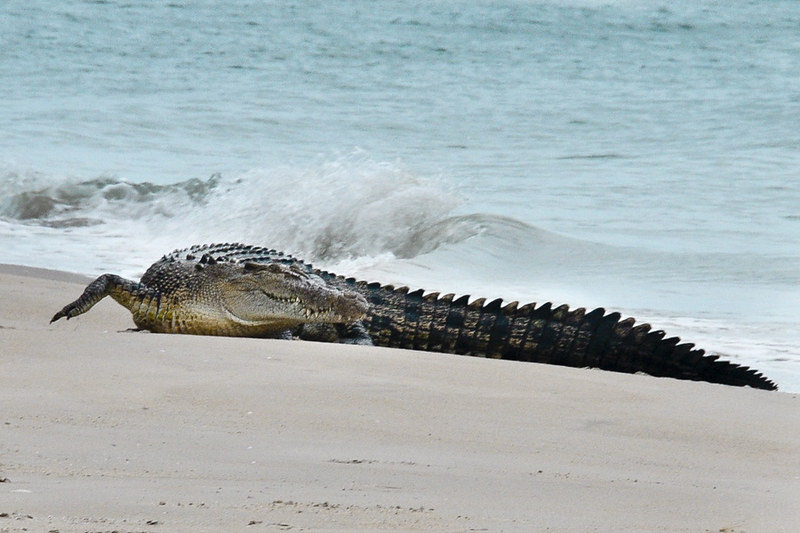Crab Island, located off the northwest tip of Cape York in Queensland, Australia, is the largest nesting site for flatback turtles in the world. This remote and uninhabited island is a crucial ecological hotspot, drawing significant attention from conservationists and wildlife enthusiasts due to the sheer number of turtles that come ashore each year.

Flatback turtles, unique to the waters of northern Australia, are a vulnerable species, and Crab Island plays a vital role in their survival. During the nesting season, which typically runs from October to February, thousands of female flatback turtles make the long journey from the ocean to the island’s sandy beaches to lay their eggs. The scale of this phenomenon is staggering—up to 1,000 turtles can be seen nesting in a single night, creating a spectacle that few places in the world can match. It’s estimated that tens of thousands of turtles nest on Crab Island each year, making it the largest aggregation of flatback turtles anywhere in the world.

In addition to flatback turtles, the island is also a nesting ground for green sea turtles, adding to its global significance as a marine sanctuary. The island’s remoteness and untouched environment offer a safe haven for these species, minimising human disturbance and allowing the turtles to reproduce in relative safety.
The flatback turtle’s nesting process is a deeply fascinating and delicate event. After coming ashore at night, the turtles laboriously dig deep nests in the sand to lay their eggs. They deposit around 50 eggs per clutch, then cover the nests and return to the sea, leaving the eggs to incubate under the sun’s warmth. After approximately 60 days, the hatchlings emerge and make the perilous journey to the ocean, where only a small percentage survive to adulthood.

Crab Island’s unique environment and its role in turtle conservation have drawn international attention, with one of its most famous admirers being Sir David Attenborough. The legendary naturalist has often spoken of his deep admiration for Crab Island, naming it one of his favourite places in the world. The island’s immense biodiversity and untouched beauty are key reasons why Attenborough and many others find it so special. Witnessing the mass nesting of turtles on this pristine island is a reminder of the natural wonders still left in the world and the importance of protecting them for future generations.
The scale of the nesting event at Crab Island also offers a powerful insight into the natural cycles of marine life. For scientists and conservationists, the island provides valuable data on turtle populations and behaviour. The island’s status as a major nesting site makes it a critical location for monitoring the health of turtle species in the region and developing conservation strategies.
Efforts to preserve Crab Island and its surrounding marine environment are essential to ensuring that it remains a sanctuary for flatback turtles. The island’s isolation from human interference has so far protected it, but ongoing conservation work is vital to maintain the delicate balance of this ecosystem.
In conclusion, Crab Island is a remarkable natural wonder, home to the largest nesting site for flatback turtles in the world. Its untouched beauty, ecological importance, and the awe-inspiring sight of thousands of turtles nesting make it a place of global significance, loved by both naturalists like David Attenborough and wildlife enthusiasts alike.

